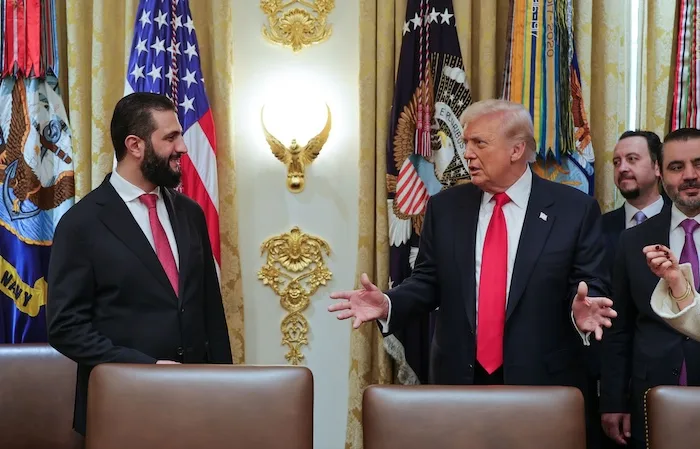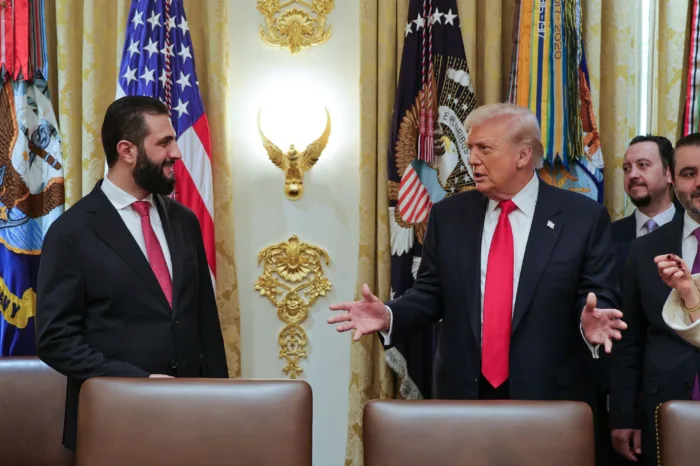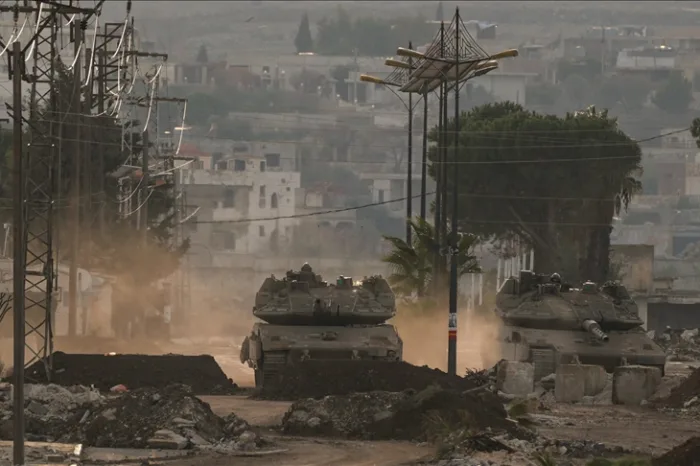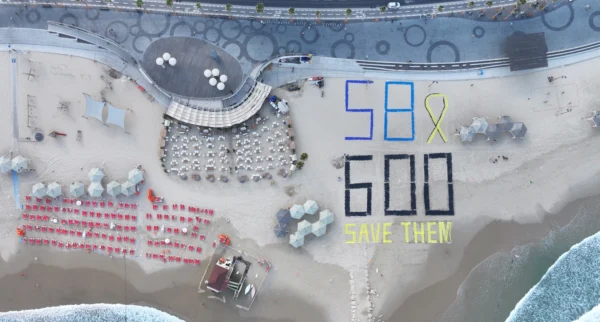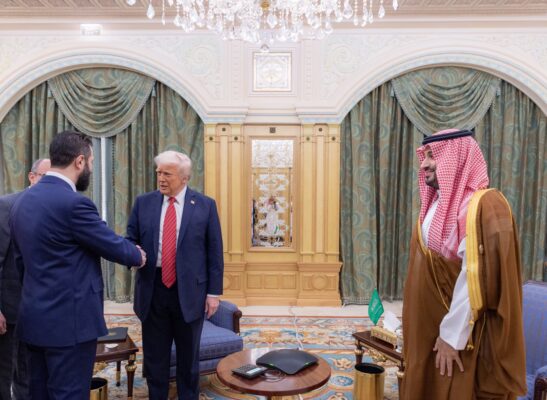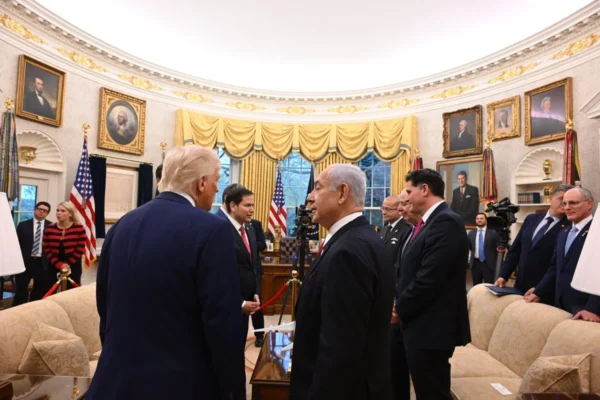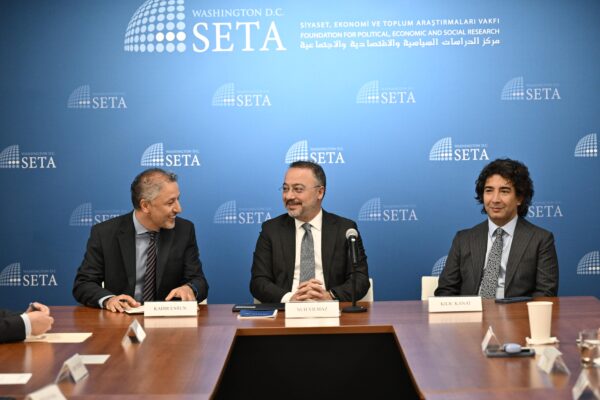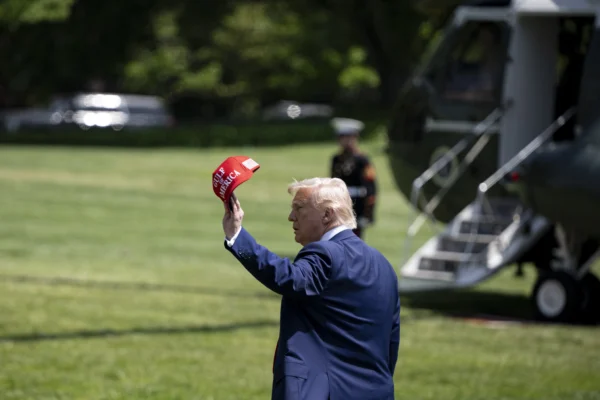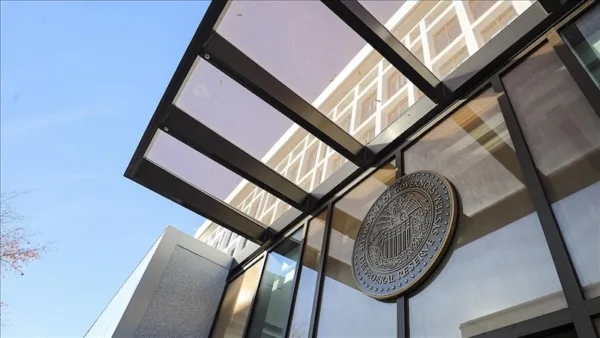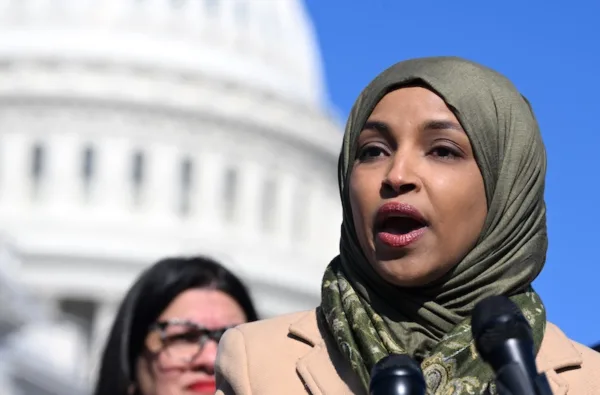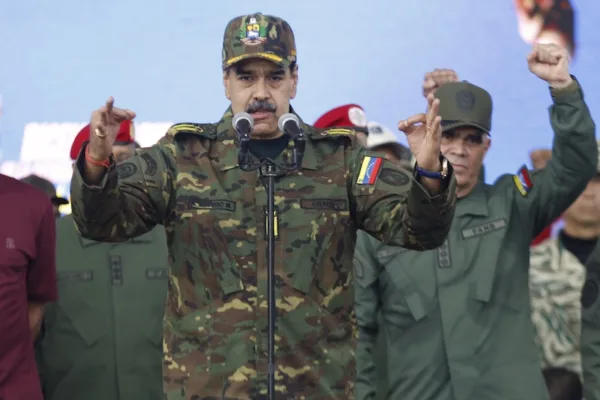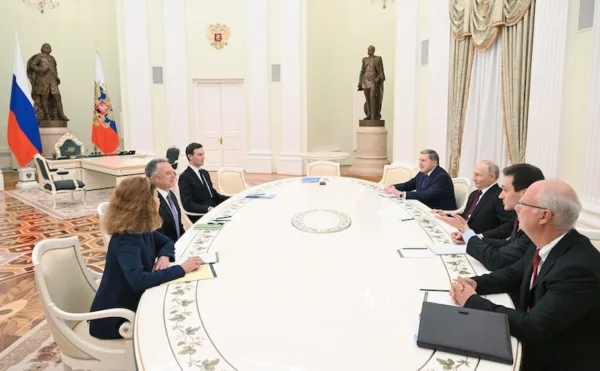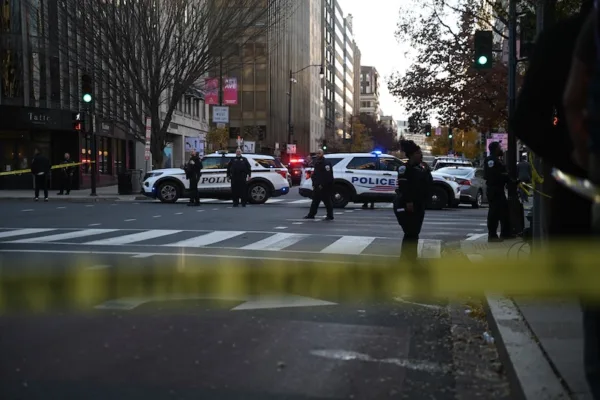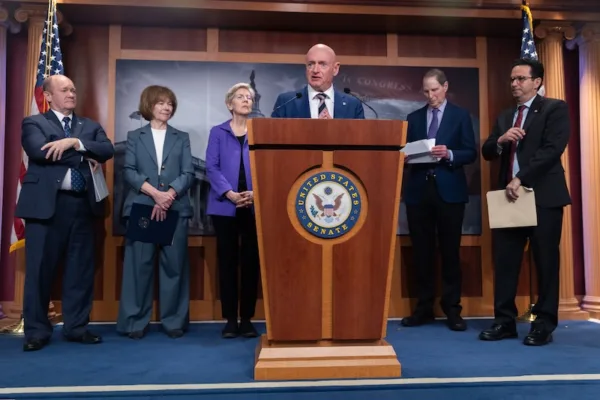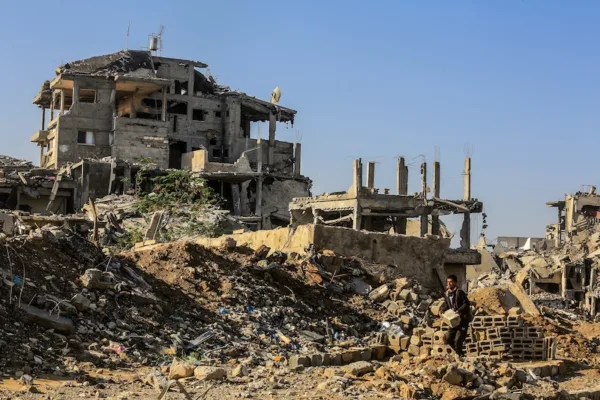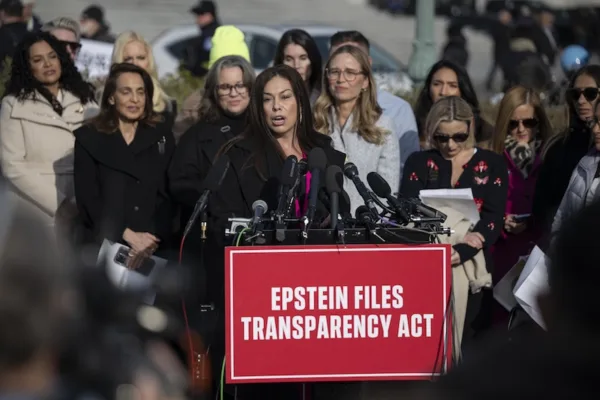U.S. Stabilization Efforts in Syria

In August 2018, the Trump Administration announced its decision to withhold the remaining funds available for stabilization efforts in Syria. The funds were already approved and earmarked for varying projects in Syria, however, the administration emphasized its desire for other nations to contribute more to stabilization efforts in Syria. The administration argued that stopping the funds will not damage its Syria policy, which entails remaining in Syria to ensure an enduring defeat of ISIS, the removal of Iran’s military and proxies from Syria, and reaching a political solution to end the civil war.
The funds were to help projects that included restoring water and electricity, repairing medical facilities, schools, and basic infrastructure, de-mining large regions once controlled by ISIS, and cleaning rubble from the destruction of fighting. Stabilization efforts are vital in areas liberated from ISIS control to deny the terror group a platform to reemerge. Additionally, they are meant to help rebuild devastated areas and provide a safe community for displaced persons or refugees to return freely in Syria. While the eventual return of refugees may take years of stability, the U.S. stabilization efforts allowed for rebuilding the necessary infrastructure. However, as the funds are pulled, many have raised concerns over how these programs will continue to operate.
Despite the administration’s decisions, the U.S. is still contributing to stabilization efforts in northeast Syria through its security presence and de-mining programs. Even though ISIS has lost nearly all territorial control in Syria, massive amounts of improvised explosive devices (IEDs) and other explosive remnants of war (ERW) remain. The terrorist group left behind IEDs and ERW in homes, shops, hospitals, schools, electrical power facilities, roads, and water pumping stations, all critical infrastructure for a safe living environment. The U.S. Department of State Office of Weapons Removal and Abatement continues efforts to remove ERW and IEDs in portions of the northeast. Not only are they working to remove remaining ERW and IEDs, but the office is educating local civilians on how to stay safe while the threat of explosive devices continues.
Additionally, the U.S. is continuing to provide security in Manbij alongside Turkey. The two countries have been patrolling the city independently and jointly as part of the agreement reached earlier this year. The patrols provide necessary security to the area, allowing for more stability in Manbij. Turkey has been wary of U.S. support for the YPG in northern Syria and Turkish concerns for its national security have been a major thorn in bilateral relations. Any stabilization efforts in northern Syria will have to take into account Turkey’s concerns for the sustainability of such efforts in the long run. The U.S. should continue to work with Turkey in its current and future stabilization efforts.
While the U.S. is continuing various stabilization efforts, such as in Manbij, the administration should reconsider its position on funding other stabilization efforts. In order to pursue the administration’s Syria policy, the U.S. should increase stabilization efforts in the regions it is present. With stabilization efforts that rebuild key infrastructure, such as hospitals, schools, water systems, roads, and electrical grids, the U.S. will be able to ensure that ISIS does not resurge. Furthermore, supporting stabilization will foster the opportunities for displaced persons to move back to these areas after fleeing. Stabilization efforts bolster the U.S. policy agenda in Syria and help civilians and displaced persons.

